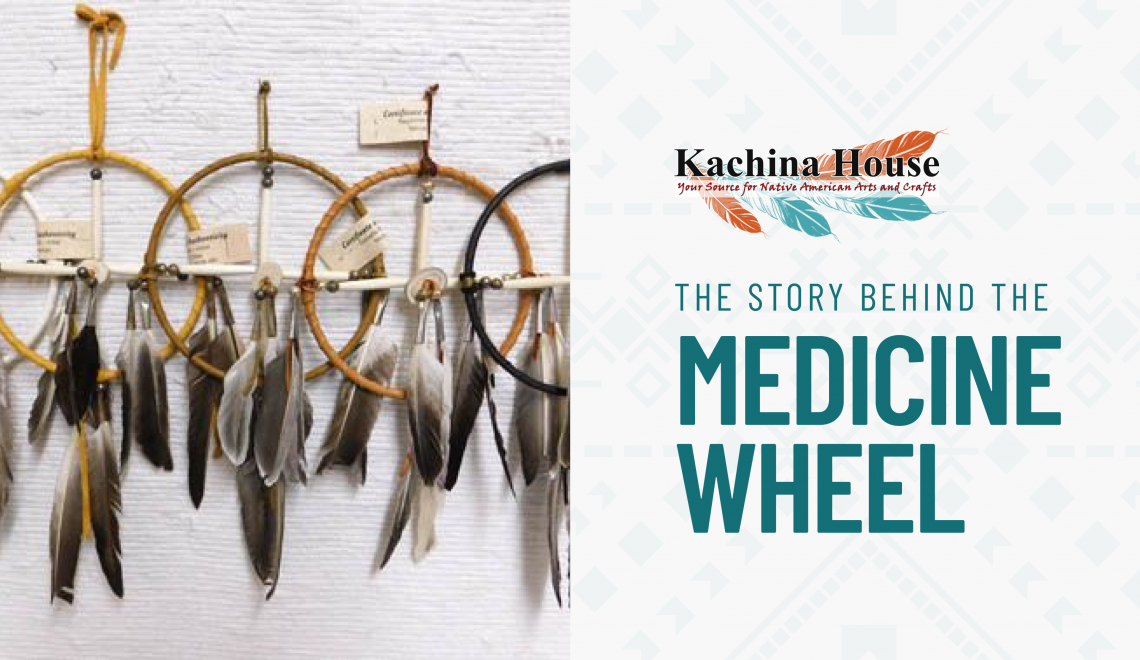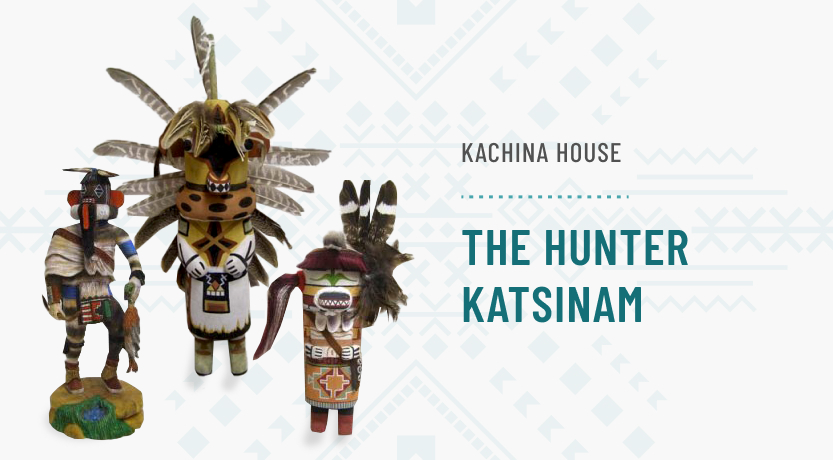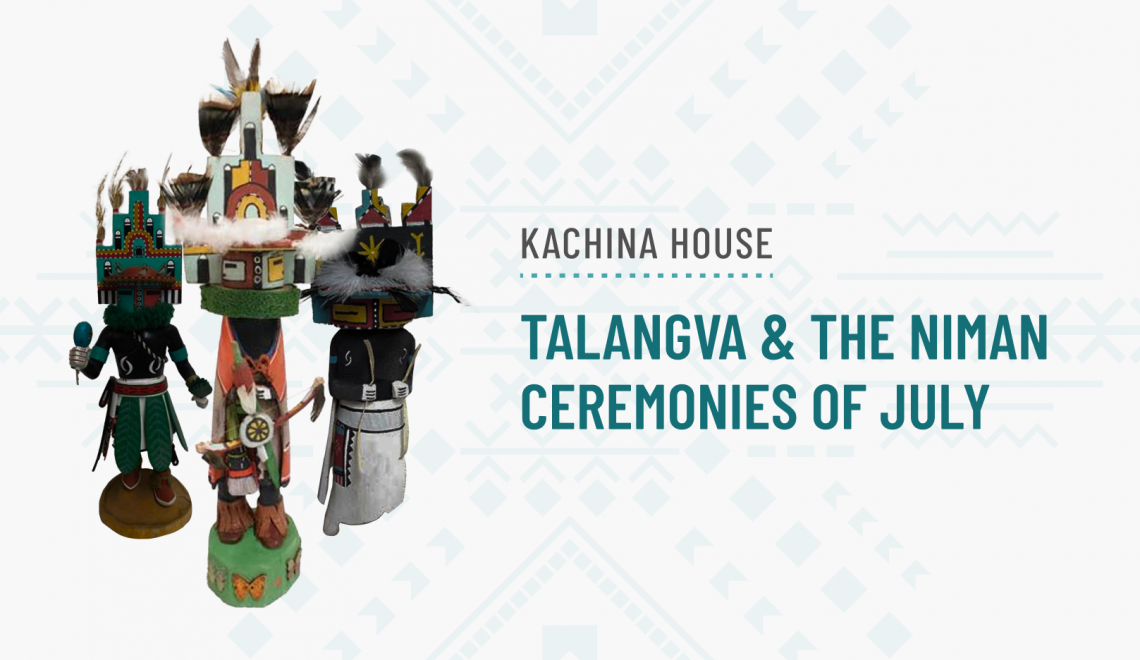
For centuries, Native people have used symbols to teach, heal, and connect with the natural world. Among the most powerful of these symbols is the Native American medicine wheel, a circle representing life, balance, and spiritual connection. While designs may differ, the message at its core remains universal: everything in life is connected.
In this article, we’ll explore the purpose and meaning of the medicine wheel, its use by different tribes, and why it maintains importance today.
What Is the Main Purpose and Meaning of the Medicine Wheel?
At its heart, the medicine wheel is a symbol of balance and harmony. The circle represents the cycle of life – birth, growth, death, and rebirth. It reminds people that all aspects of life are connected, from the physical and emotional to the mental and spiritual.
The wheel divides into four sections, each with a unique meaning.
- Four Directions: East, South, West, and North, each tied to colors, animals, and stages of life. For example, East often symbolizes beginnings and growth, while West represents reflection and endings.
- Four Seasons: Spring, summer, fall and winter mirror life’s transitions from birth to death.
- Four Aspects of Life: Physical, emotional, mental, and spiritual, reminding us that well-being depends on balance in all areas.
Another layer of meaning is healing. The medicine wheel is often used in ceremonies or teachings to guide people toward wholeness. It serves as a reminder to care for the body, mind, spirit, and emotions equally, since neglecting one affects all. For many, it is a visual way to teach balance in daily life. Some teachings expand beyond the traditional four parts, such as Mother Earth (green), Father Sky (blue), and the Self at the center of the wheel.
Which Native American Tribes Traditionally Use the Medicine Wheel?
The medicine wheel is not tied to one single tribe but appears in the traditions of many Native cultures. Plains tribes, such as the Lakota, Cheyenne, and Blackfeet, are especially associated with medicine wheel teachings.
The Hopi people also connect with the wheel through their ceremonies, emphasizing harmony with the natural cycles of the earth. Other tribes, from the Navajo to the Ojibwe, interpret the wheel through their cultural lenses, assigning different colors, animals, and values to the directions.
Stone medicine wheels still exist as sacred structures. For example, the Big Horn Medicine Wheel in Wyoming is thought to be over 300 years old. It is a circle of stones with spokes radiating from the center, carefully aligned with the sun and stars. These physical wheels show how deeply the symbol was woven into daily spiritual life.
Today, you can also find crafted pieces that reflect these traditions, such as the Native American Cherokee-made painted Buffalo Drum, the Medicine Wheel Wall Hanging, Native American Made Medicine Bag, or the Medicine Man Headdress from Kachina House. These items also serve as teaching tools or spiritual reminders in modern homes.
The Four Directions and Their Deeper Lessons
The four directions are also powerful guides that shape how the medicine wheel is understood. The wheel reminds people that life is a cycle, and every stage has value and purpose. Each direction connects to elements of nature, stages of life, and aspects of personal growth:
- East is often tied to new beginnings, childhood, and the rising sun
- South connects to passion, growth, and adolescence
- West is the place of introspection, adulthood, and endings
- North is wisdom, guidance, and elder years
Final Thoughts
The Native American medicine wheel is a living guide to balance, health, and harmony. It connects directions, seasons, elements, and stages of life, reminding us that everything is part of an interconnected circle. From painted representations to sacred stone wheels like Big Horn, this tradition continues to inspire reflection and respect for the cycles of life.
If you want to explore authentic cultural items, including flutes, kachina dolls, and more, visit Kachina House for a collection that honors Native traditions.




